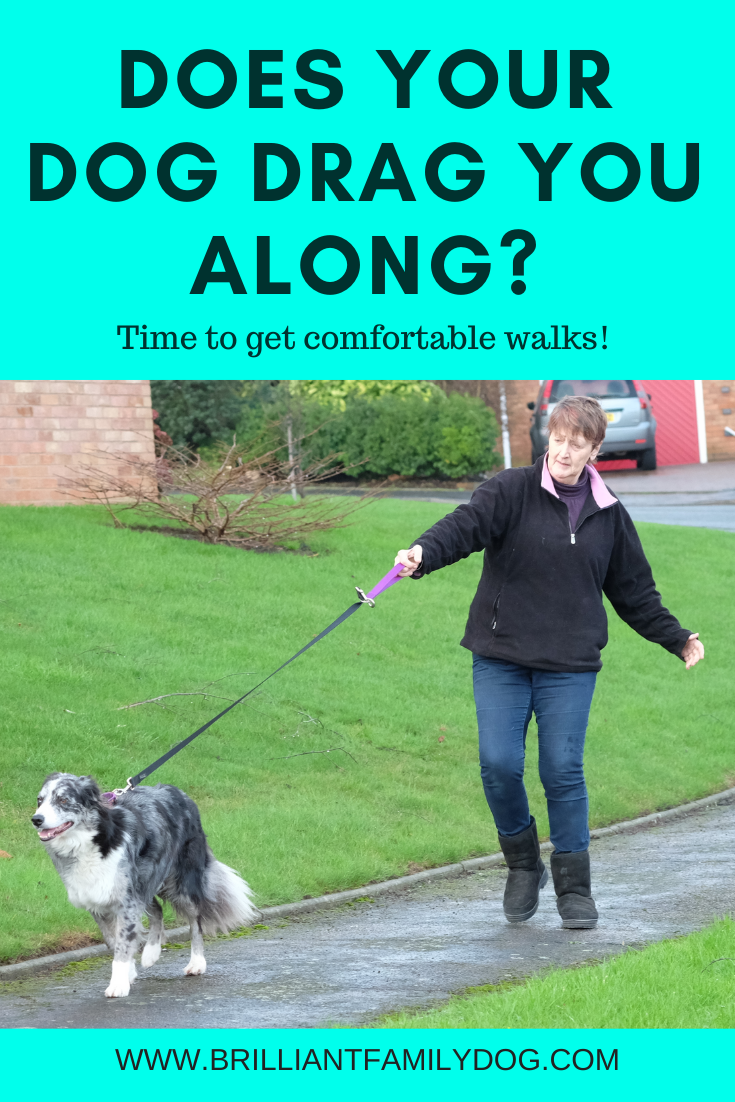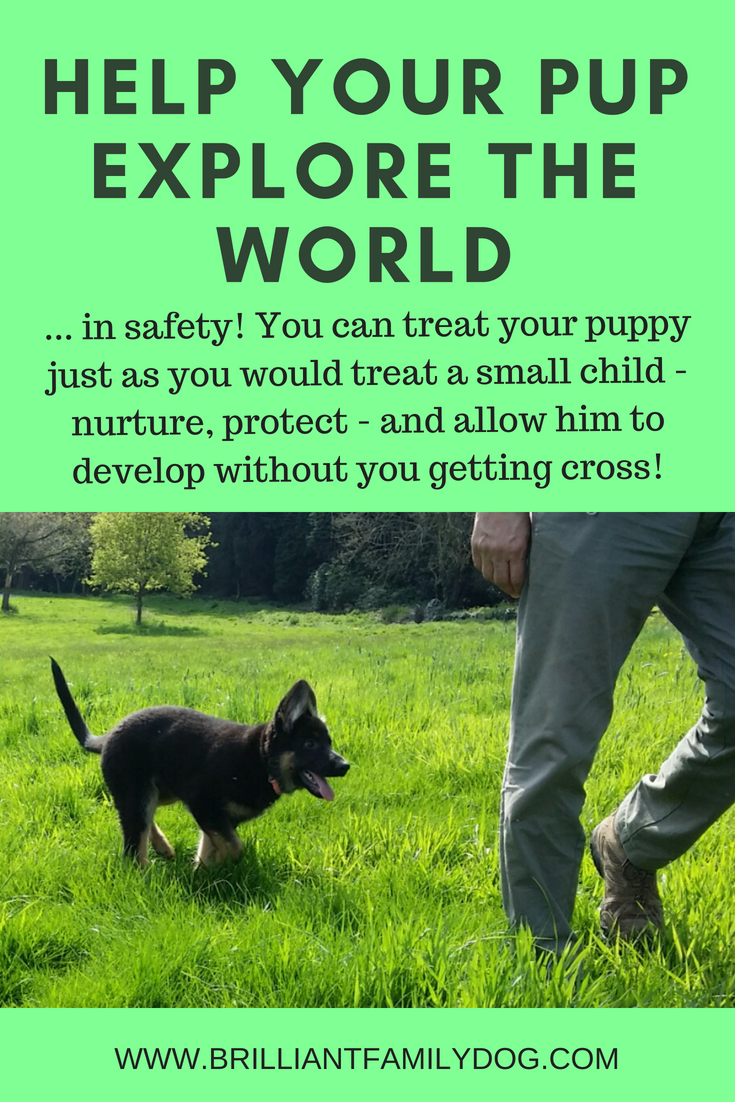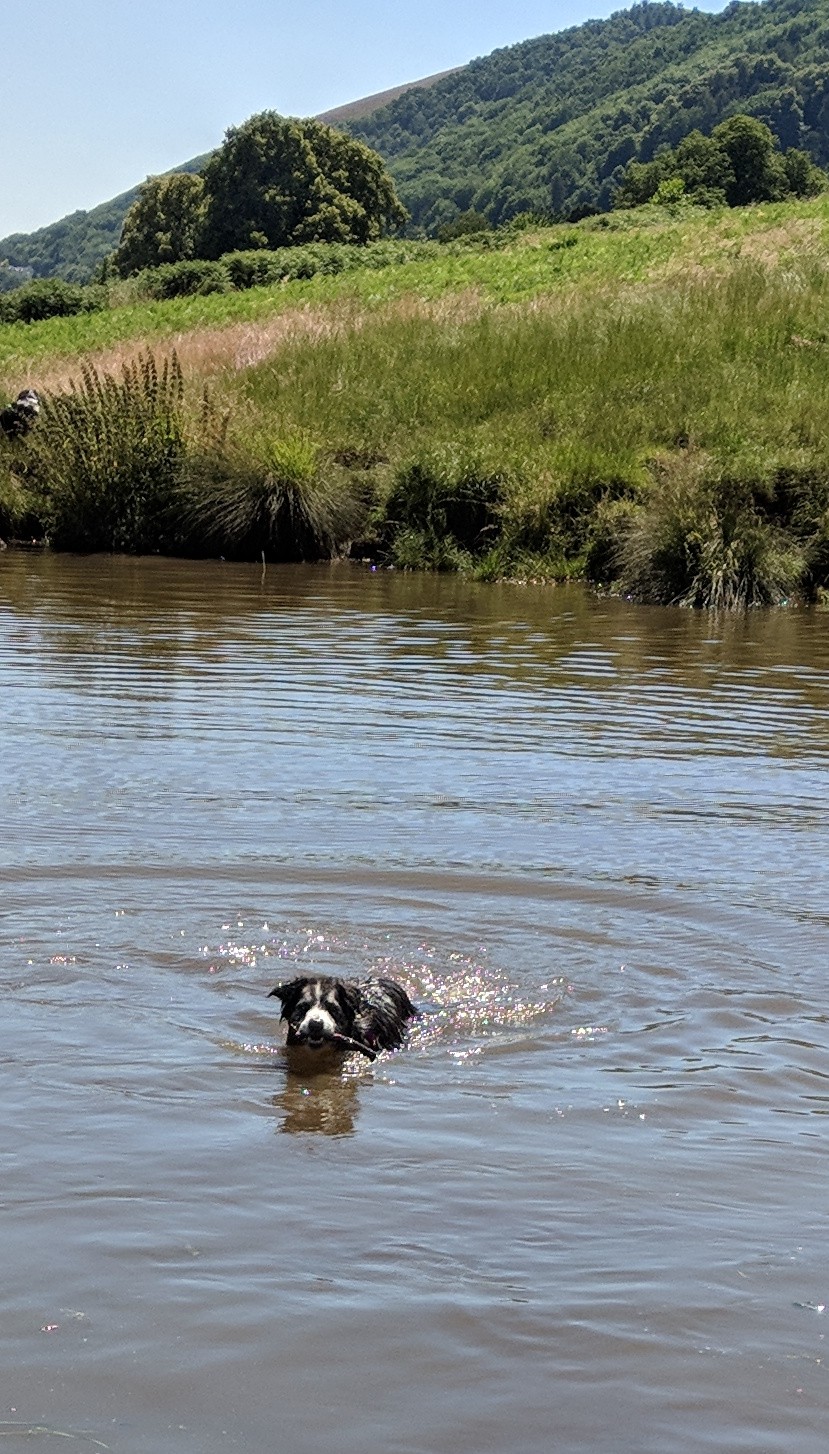First published on positively.com and reprinted with permission
How many people do you see walking their dogs in comfort?
I find it’s very rare to see an owner walking their dog where the dog is not several feet ahead, the owner’s arm outstretched as they stumble along after their wayward hound.
“He’s so eager to get where we’re going,” they gasp, as they are dragged past.
Why do most people get a dog? Companionship and getting out and about would be among the commonest answers. Is what we’ve just seen in any way a companionable walk? Would that same person tolerate their child hauling them along like this? Or their partner??
How much more enjoyable it is to walk - arm-in-arm or hand-in-hand - with someone who shares your journey? Someone who can look at you and smile. Who can remark on things that you pass, draw attention to things they see, and generally live this piece of your life with you.
Why not have this level of companionship on walks with your dog too?
Start as you mean to continue
In my experience, many people start out wrong with their puppy, who grows into a strong dog - even little dogs can pull horribly - and the die is cast. The owner’s motives are good, but their kindness is misplaced.
Their little puppy wants to pull out to the end of the lead, so their arm goes up as they let him. Then puppy follows his nose and wants to go further, perhaps towards another dog. Now the owner, with outstretched arm, follows behind.
What has this puppy just learnt?
“If I pull they’ll follow. And if I pull harder they’ll follow faster!”
The companionable walks you envisaged when you got your puppy are now doomed.
It takes two to tango …
.. and if one of us stops, then the other will too. Really.
Your puppy simply needs to learn from the start that pulling on the lead is going to get him nowhere. So then he won’t do it. Your job is to keep a loose hold on the end of the lead with just one hand, and to keep that hand close to you all the time. If you find your hand is floating out of its own accord, just tuck your thumb into your belt or pocket to prevent it.
There’s no need to wrap the lead six times round your fist and hang on grimly with both hands, jerking the lead all the while. That is actually guaranteed to get your dog pulling! Why? Because you trigger the opposition reflex.
If someone grabs your arm and pulls, you automatically pull back. Your body knows it needs to stay upright. If they pull harder, you lean away from them to prevent falling over. This is how we get the common image of dog pulling one way, owner leaning back and pulling the other way. If someone cut your lead in half - you’d probably both fall over!
This puts a huge strain on your body - your back and shoulders will probably be complaining most - and a big strain on your dog’s body too. If your dog is pulling into his collar, choking and spluttering, he can be doing some real physical damage to himself - not to mention the impeded blood flow to the brain and the anxiety that anyone feels if there is pressure on the neck. This last is particularly bad news if your dog is fearful or reactive.
You don’t just slap a bridle and saddle on a young horse and say, “Ok, now I’m going to ride you.” It takes time, acclimatising the horse to this new kit, its feel and weight, and how it affects his movement. So I’m not at all sure why people expect to put a collar and lead on a puppy and get perfect walking straight away!
You have to teach your dog first. You have to show him what it is that you want, what it is that will be rewarded. And gradually he’ll learn that life is better when he’s not pulling, and it’s more fun to be sharing his walk with you.
Here’s a starter for you to get your teeth into
Have the dog on a longish lead (at least 2m)
Stand still and let the dog go to the end of the lead
Keep your hand close to your hip - tuck thumb into your belt if necessary
WAIT. Wait till the lead slackens the tiniest bit (you may think you'll need to wait forever, but it's usually only 20 seconds at most)
Call your dog cheerfully and reward with a tasty treat at your knee
It doesn’t matter why the lead gets loose - don’t judge - just reward as soon as it does
Repeat till your dog gets that it's up to him to keep the lead loose
So you need to spend time teaching him - the kitchen is where a lot of my training takes place - that when he’s beside you, good things happen. Once he knows where he should be, he has a fighting chance of putting himself there.
We learn by making choices …
.. as does your dog. So you need to give your dog a choice - not by limiting his movement, with your tightly-wound lead - but by giving him enough loose lead for him to move away then choose to move back to you. A six-foot leash is ideal for this, and the only bit you need to hold - gently - is the handle!
If you never give someone a choice, then they can never make a good choice.
You want to give your dog the opportunity to make a choice. You’ll get some poor choices (he pulls forward, you don’t follow) and some good choices (he looks at you and waits beside you, you congratulate him and move forward together).
I can hear the cry going up already: “My dog has been pulling on the lead for years - there’s no hope of changing him now!” Wrong. You can change - once he realises it’s worth his while to stay beside you with the lead loose, he’ll choose to do that.
The mysteries of walking nicely on the lead unravelled! With no nasty gadgets or shouting.
I’ve given you enough to get you started on your new life of pleasant dogwalking. But to get the whole process, broken down into tiny steps, with Troubleshooting sections for all your “What if…?” questions, you’ll enjoy Let’s Go! Enjoy Companionable Walks with your Brilliant Family Dog, the third in the series of Essential Skills for a Brilliant Family Dog, available from Amazon now. Go now, and you can be reading it within minutes!
And in case you missed my first piece “My dog can’t keep still - he’s wild all the time!” you’ll be pleased to know you can still get the first book in the series free at all outlets!
























